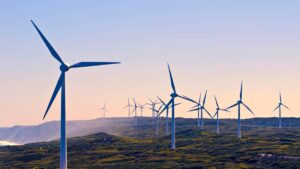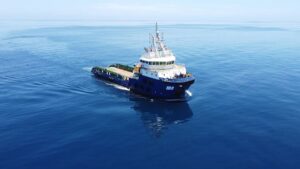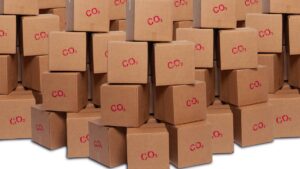Here’s how the three Australian teams that won Elon Musk’s CO2 removal competition plan to save the planet
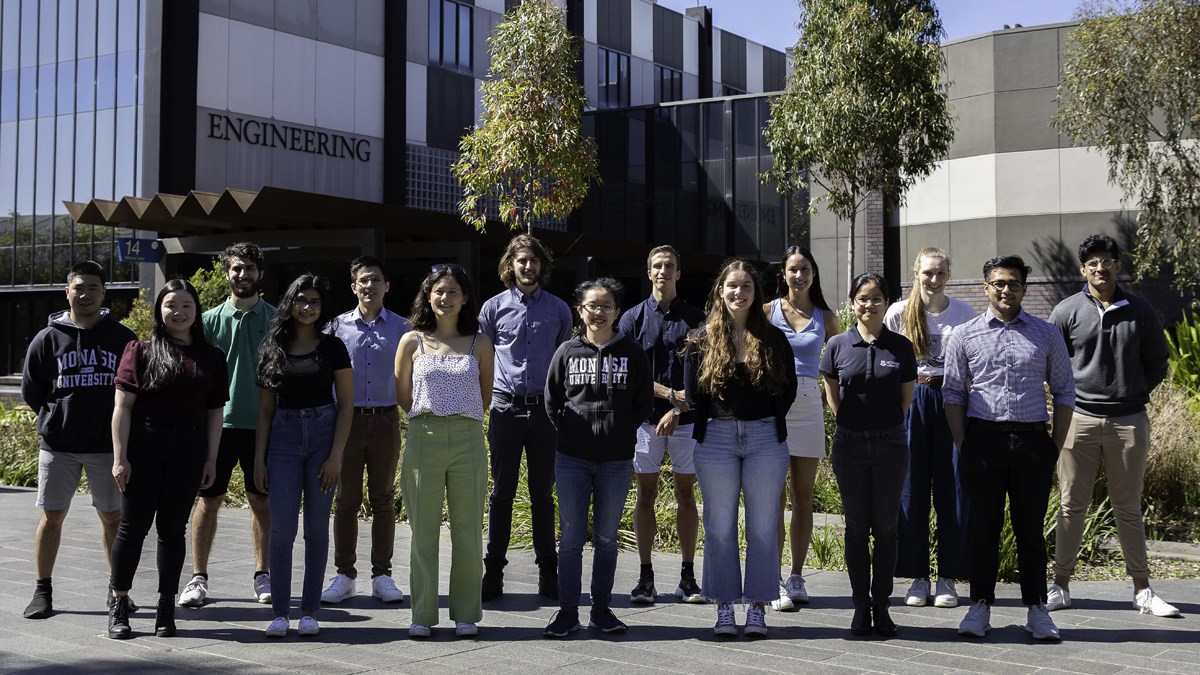
The Monash Carbon Capture and Conversion (MC³) team. Pic: Supplied
The philanthropic research foundation of tech billionaire Elon Musk has awarded three Australian student-led teams US$250,000 ($338,000) in funding as part of its US$5m Carbon Removal Student Competition.
A total of 23 winners from 10 countries and 31 international institutions submitted concepts in one of two areas – Carbon Dioxide Removal Demonstrations or Measurement, Reporting, and Verification Technologies – and nabbed a spot in the $5m Carbon Removal Student Competition.
The three Australian teams – Sydney Sustainable Carbon from the University of New South Wales, MC³ from Monash University, and Blue Symbiosis from the University of Tasmania – will now use the funds to compete in subsequent rounds of the program or to develop key supporting technologies which enable carbon dioxide removal.
This is part of the $100m XPRIZE for Carbon Removal that Elon Musk announced on Twitter back in January.
Am donating $100M towards a prize for best carbon capture technology
— Elon Musk (@elonmusk) January 21, 2021
The XPRIZE program is a four-year global competition that invites innovators and teams to create and demonstrate solutions that can pull carbon dioxide directly from the atmosphere or oceans.
To win the grand prize, teams must demonstrate a working solution at a scale of at least 1,000 tonnes of CO2 removed per year, model their costs at a scale of 1 million tonnes per year, and show a pathway to achieving a scale of gigatons per year in future.
Tesla and SpaceX founder Elon Musk said the goal is scalable carbon extraction technologies that are measured based on the ‘considered cost per ton’, which includes the environmental impact.
“This is not a theoretical competition,” he said.
“We want teams that will build real systems that can make a measurable impact and scale to a gigaton level – whatever it takes.”
Sydney Sustainable Carbon
Overseeing the University of New South Wales Sydney Sustainable Carbon team, Professor Deanna D’Alessandro said their project uses renewable solar power and has no association with carbon capture and storage or fossil fuel companies.
The team have collaborated with Australian renewables start-up South Green Gas, along with Corporate Carbon and Swiss Re to develop a negative emissions technology called direct air capture (DAC).
Carbon dioxide is captured using metal-organic framework (MOF) materials, a highly porous solid that behaves like a sponge, capable of soaking up specific types of gas molecules.
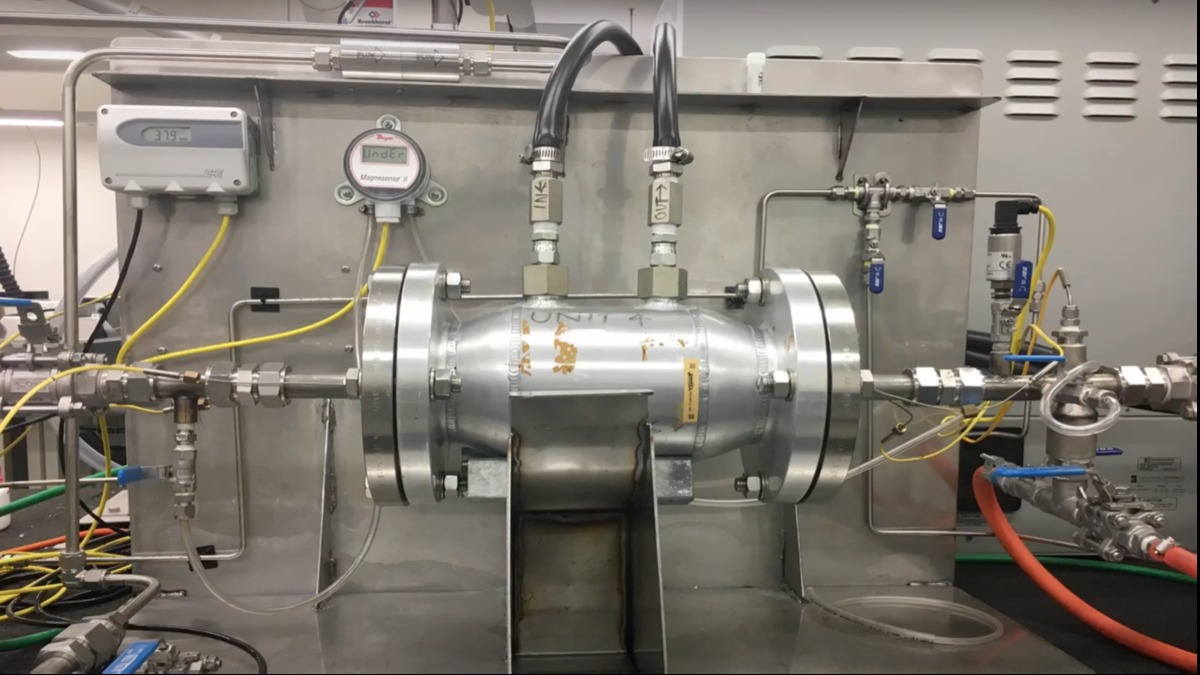
Each DAC unit will capture two tonnes of CO2 per year directly from the air to either compress it, store it, or use it.
“Agriculture and horticulture industries currently purchase fossil fuel derived CO2 which is a huge problem,” D’Alessandro said.
“They are interested in this technology because it’s a sustainable way of sourcing carbon dioxide. They can use it in their greenhouses or for vertical farming, which is widely used in Australia for the growth of organic fruit and vegetables and flowers, as well as algae growth.”
The team is developing high volume continuous flow synthesis of these materials coupled with innovative 3D printing methods to produce ultra-high surface area DAC capture modules which are fully powered by renewable energy and can scale to reach gigatonne carbon dioxide removal.
The University of Sydney team is developing and synthesising the MOF materials, along with 3D printing protocols for materials to be used in the second-generation DAC units.
While there is huge momentum internationally for negative emission technology, D’Alessandro said it has not yet translated to Australia.
“We haven’t been able to get any traction here, so this international support means a lot,” she said.
“There is a discussion around zero emissions technologies, but the issue is while that is fantastic, it is not enough, and we know that to avoid a climate catastrophe in the next decade we have to have negative emissions – we have to pull carbon out of the atmosphere.”
Monash Carbon Capture and Conversion
The Monash University team (MC³) submitted a biotechnology proposal, which focused on the capture of CO2 through bio-sequestration.
MC³ chief executive officer Payton Seeto said the team’s proposal involves capturing carbon by using artificial forests and micro-algae cultures.
The biomass produced from these carbon farms would then be utilised downstream, powered by bioenergy in their transformation into cross-laminated timber for sustainable buildings and biochar, a charcoal used for soil amendment.
Seeto said to reach carbon removal levels of more than 500 tonnes the team would utilise 15 hectares of land.
“The next milestone we are working towards now is the next stage of the competition and that’s the proof-of-concept phase, which is due on the first of February.
“This involves testing and verifying the rate that the trees and algae can absorb carbon and proving that it can scale up and work,” she said.
After this stage is complete, the team will then move onto the development of a pilot plant.
Blue Symbiosis
Blue Symbiosis, a team of six from the University of Tasmania, is setting out to repurpose retired oil and gas infrastructure into seaweed cultivation sites as an alternative to oil rig removal.
The offshore platform forms the trunk, Blue Symbiosis adds the branches, the leaves grow, and decommissioning costs are saved during the process.
Blue Symbiosis founder Joshua Castle said he has been working on this project for two years and intends to use the funding to create the pilot.
“The thing is these oil rigs have a lot of biodiversity and so leaving the rig in is actually a good thing for marine life once they have been decommissioned,” he said.
“In the 90s Shell in the UK wanted to sink a platform but there was a lot of protesting and it became a highly political issue and that now forms a lot of the policy around decommissioning oil rigs.”
In 1995, Royal Dutch Shell sought to dispose of a decommissioned North Sea oil storage rig named the Brent Spar by dumping it into the North Atlantic Ocean.
The situation caused a lot of controversy at the time with Greenpeace activists intending to board and occupy Spar in protest of its proposed dumping at sea.
A better environmental alternative
Castle said oil rigs need to be taken out unless there is a better environmental alternative and this is where Blue Symbiosis comes in.
The team plans to turn the oil rigs into aquaculture sites that can produce seaweed, which like terrestrial plants uses photosynthesis to absorb carbon dioxide and grow.
Researchers have discovered that on a global scale, seaweeds can sequester nearly 200 million tonnes of CO2 every year.
Castle said with the first pilot the plan would be to add attachment points onto the rig and from there, the team would add the seaweed growing infrastructure.
“This would be a one-year test,” he said.
“From there we will gather lots of data and work on new designs to scale up and once we reach the larger scale the rig will no longer need to be the attachment point.”
Eventually, Castle said the rigs will host renewable energy sources to provide energy to the seaweed farm.
Related Topics
UNLOCK INSIGHTS
Discover the untold stories of emerging ASX stocks.
Daily news and expert analysis, it's free to subscribe.
By proceeding, you confirm you understand that we handle personal information in accordance with our Privacy Policy.
